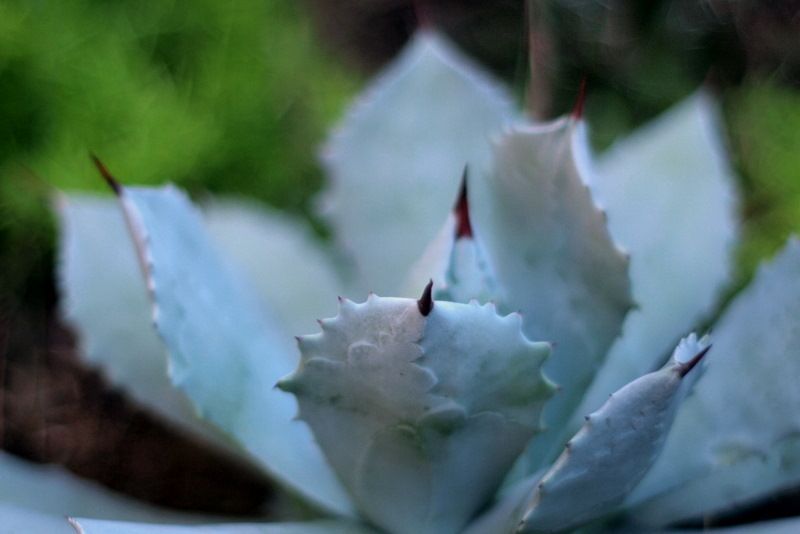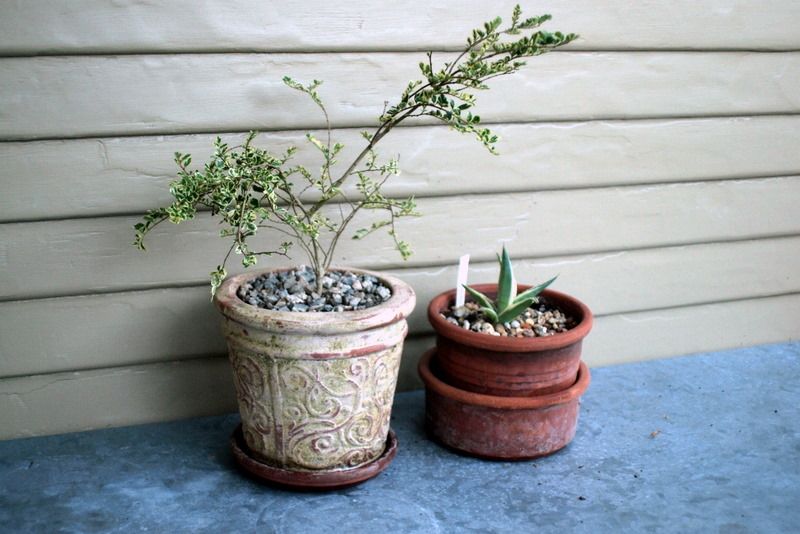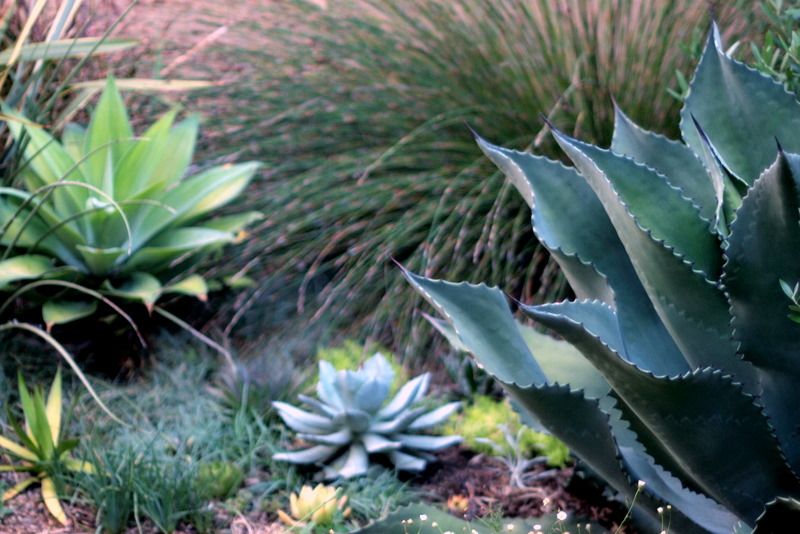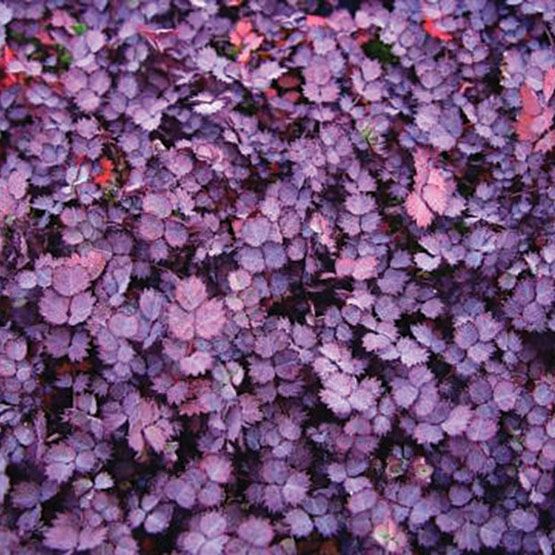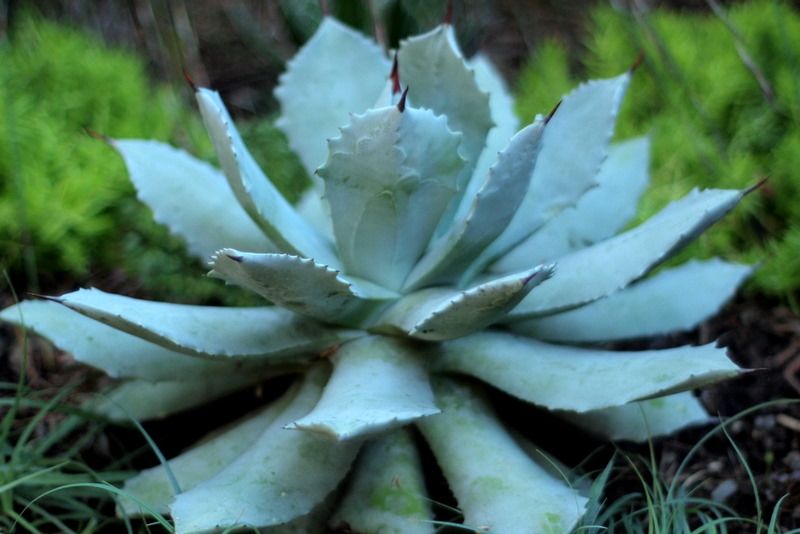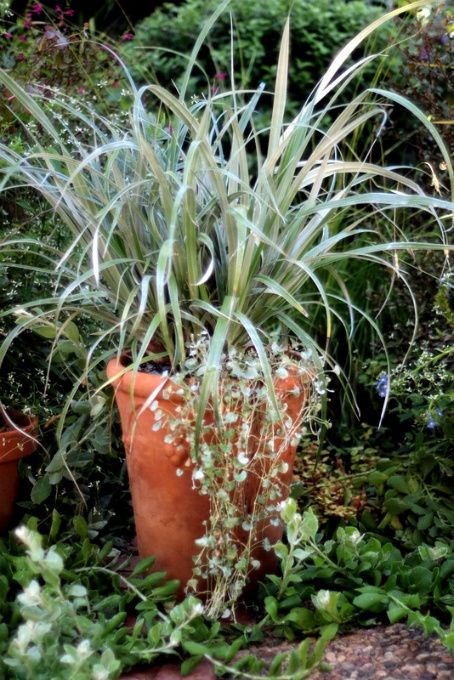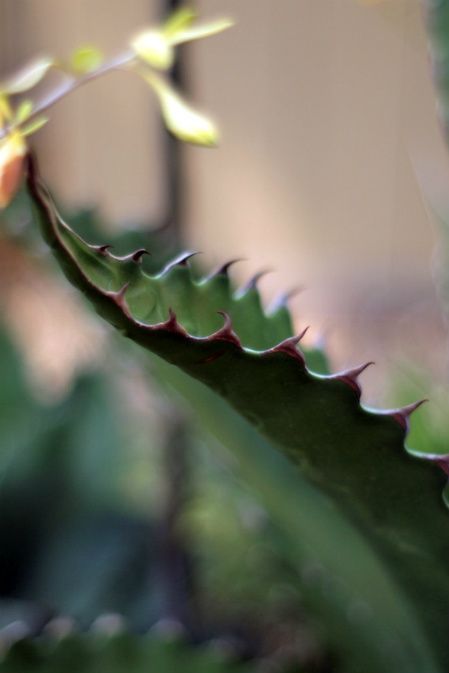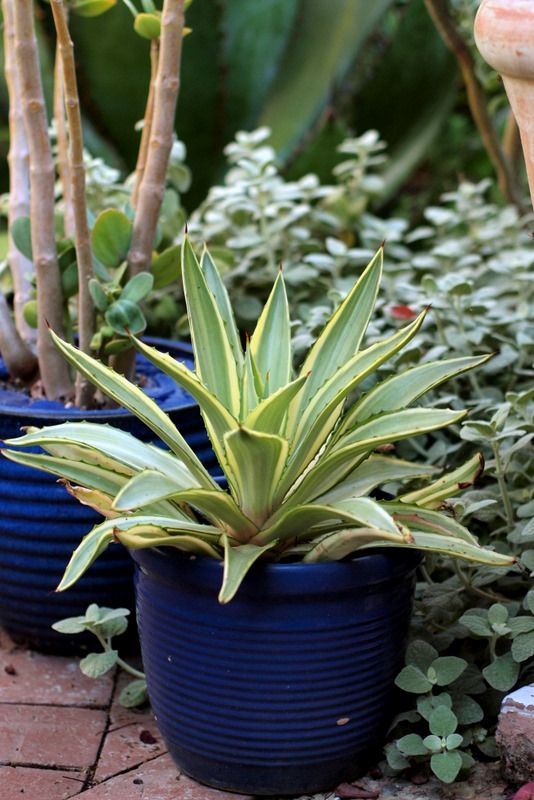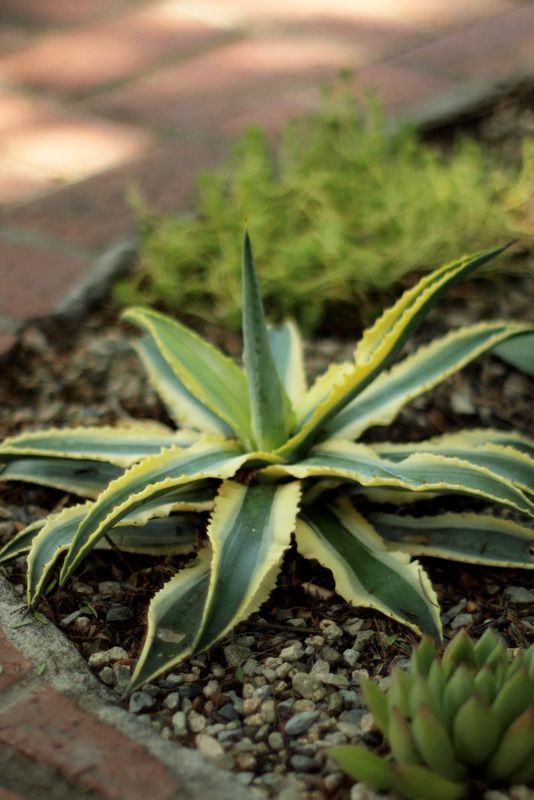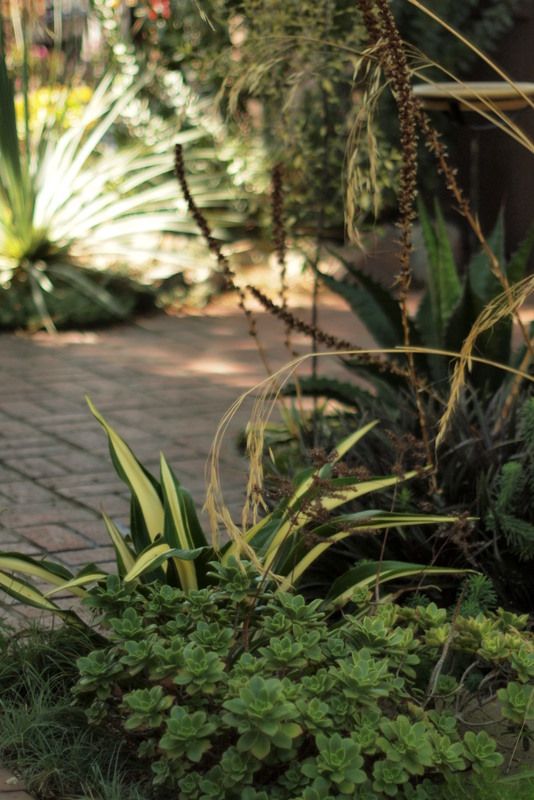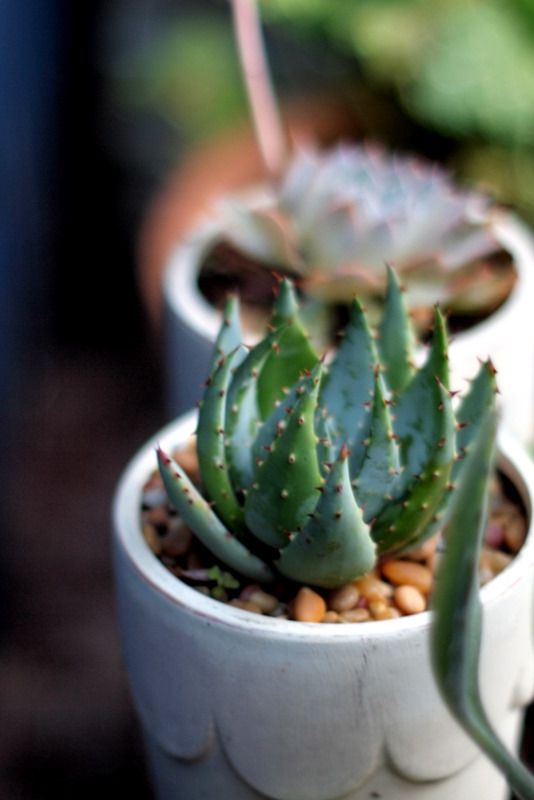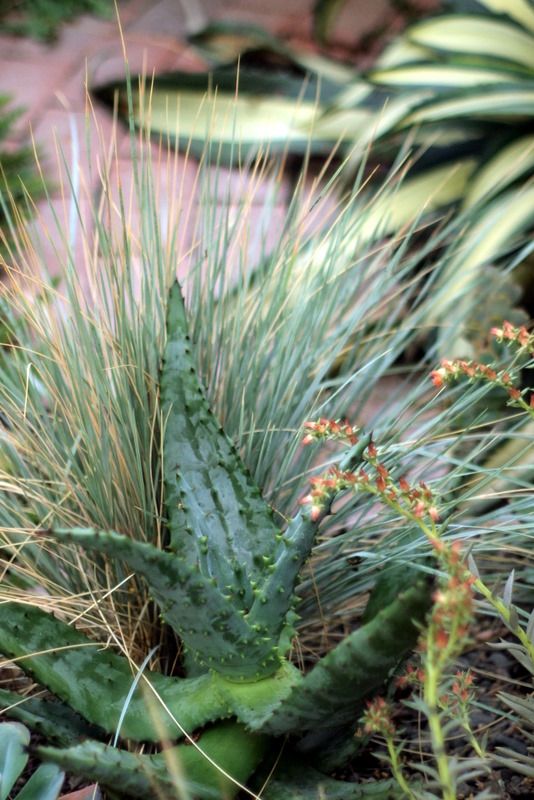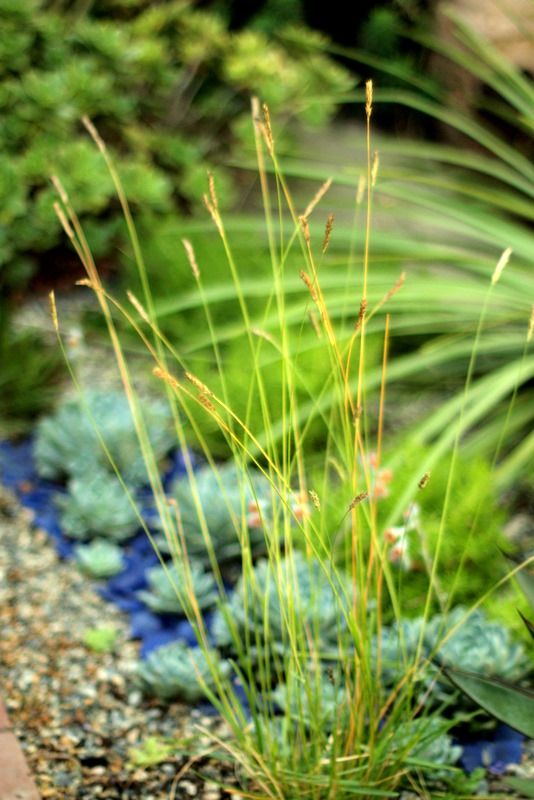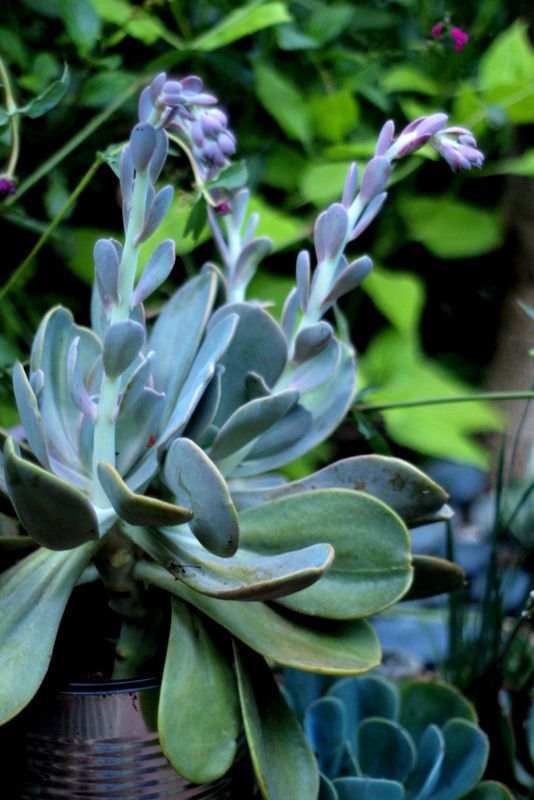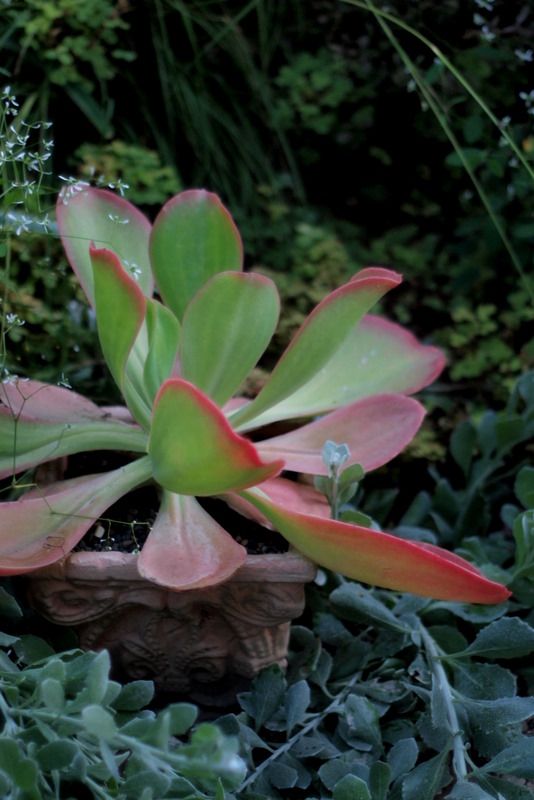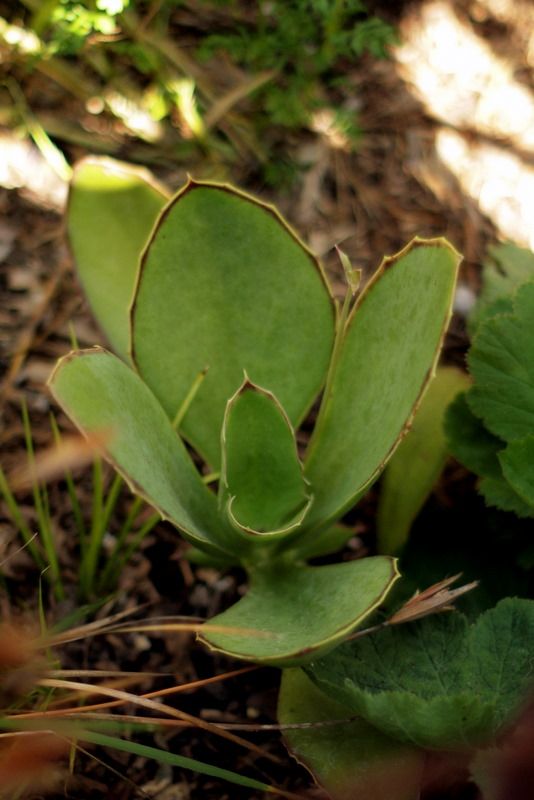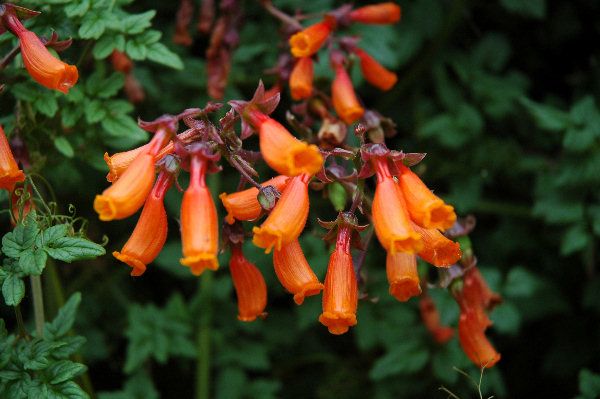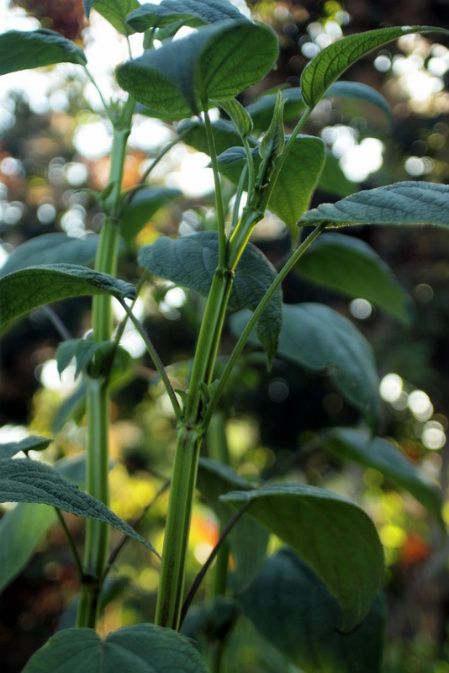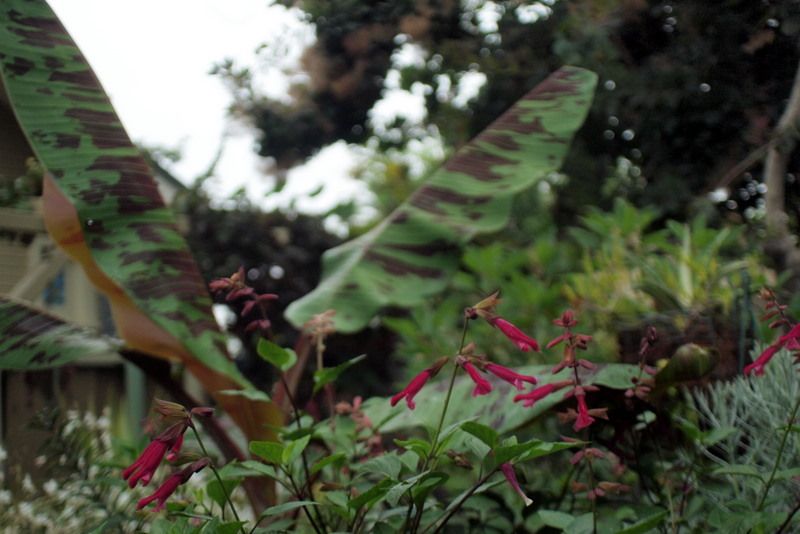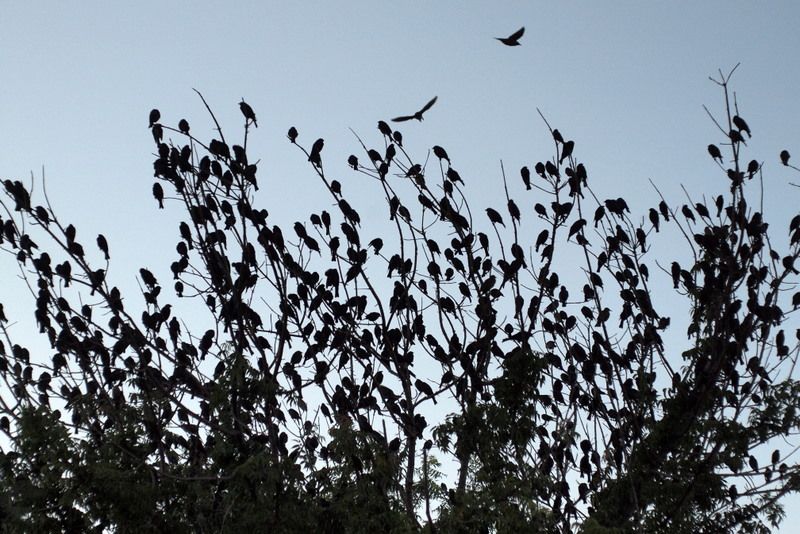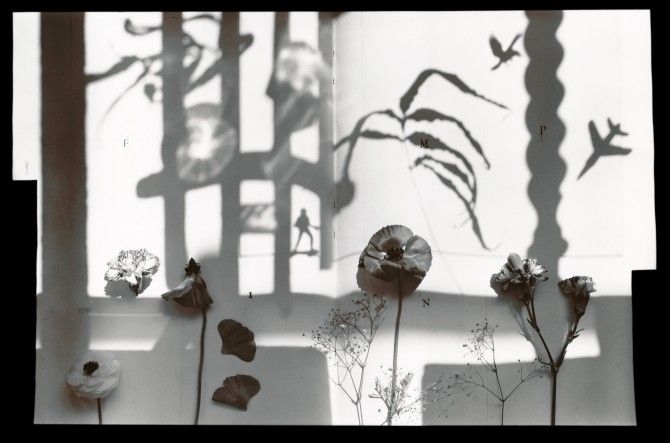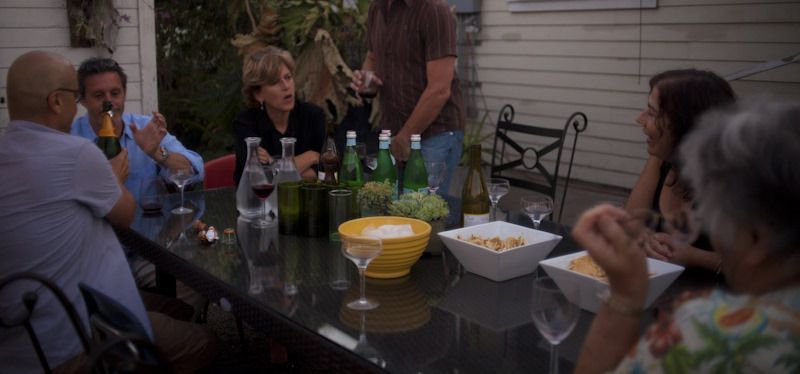Post-Internet I’ve noticed plant desire has turned into a thinner and weaker strain now that it’s so easily satisfied. The really big desire, the kind that used to build up unrequited for years and years, is as analog as a manual typewriter. So now when a plant proves to be unobtainable, it’s kind of thrilling to yearn like years past. Oh, to pine again! A novelty emotion, so to speak.
I first saw the particular desirable plant in question on Loree’s blog, Danger Garden, Yucca aloifolia ‘Purpurea,’ and made a mental note to make this yucca mine the next time I ran into it, which seemed inevitable. So goes plant desire in the age of the Internet. Ebay, plant swap, mail order, seeds and bulbs from all over the world — relax, somehow you and the coveted plant will be united. And I’m not complaining, mind you, just noting the difference while it’s still within memory.
Photo found here.
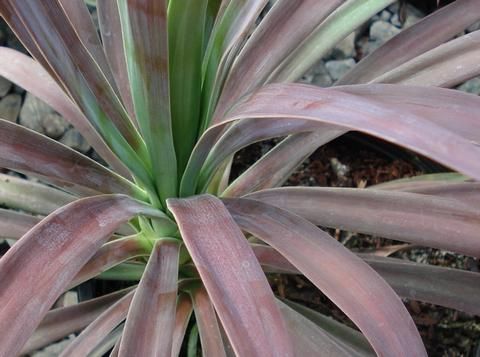
Yet this yucca was simply nowhere to be found. (I now know it also goes by the name Yucca aloifolia ‘Blue Boy,’ and
Cistus Nursery in Portland, Oregon, carries it. See Plant Lust
here.) The first time I saw it “in the leaf” was in a display garden last spring at
Annie’s Annuals. I grabbed a salesperson, led her to the yucca, and tried to keep my voice from trembling when inquiring as to where in their nursery an offset of this plant would be waiting for me to take home. They didn’t carry it. But she kindly directed me to
The Dry Garden in Oakland, California, the source of their specimen, helping out with map and directions. Victory was at hand, a mere 30-minute drive away!
Except The Dry Garden wasn’t currently carrying any stock of this particular yucca either. Rather disconsolately, I wandered around the nursery but perked up almost immediately, as promiscuous plant collectors are wont to do when surrounded by an extraordinary selection of plants. It was this day, in wild pursuit of that elusive yucca, that I found a plant I’d given up on ever seeing, let alone acquiring. Mathiasella bupleuroides. A dream plant, like angelica crossed with a euphorbia. The owner, Richard Ward, told me that as far as he knew, his was the only nursery in the country currently with stock of this plant since it was so touchy to propagate.
Photo from The Dry Garden.
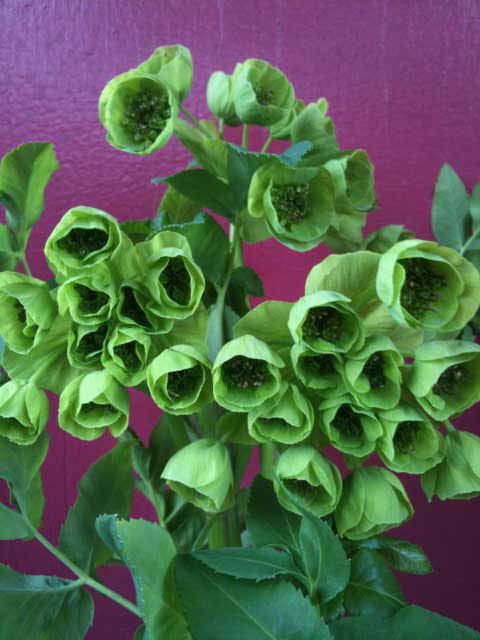
At home the mathiasella was planted in shade under the smoke tree, but the soil proved too thin and dry, and it languished all summer. Near death, it was emergency transplanted into a shady location with deeper soil, but it seemed the wrenching relocation mid-summer might be too much. Mercifully, just a few days ago I noted new leaf growth, so a photo may be forthcoming soon, if the recent onset of high temps doesn’t do it in. (Another personal link to this plant is the amount of time I used to spend in the
Mildred E. Mathias Botanical Garden at UCLA, except I learn from the
San Marcos Growers site that although named in her honor, the plant’s discovery is not credited to her.)
The trail of the yucca once again grew cold until this August, when I visited Digging Dog Nursery in Mendocino, California. In preparation for the trip, I checked their catalogue before the visit to become familiarized with their current offerings. Yucca aloifolia ‘Purpurea’ was not listed in their catalogue, yet there it sat before me, in a flat of 4-inch pots at the nursery. I was told that they were propagating the entire flat for the upcoming San Francisco Flower & Garden show in 2012 and that it was not generally for sale to the public, but I could take one home anyway. A little more sun will hopefully bring out the purpurea in him.
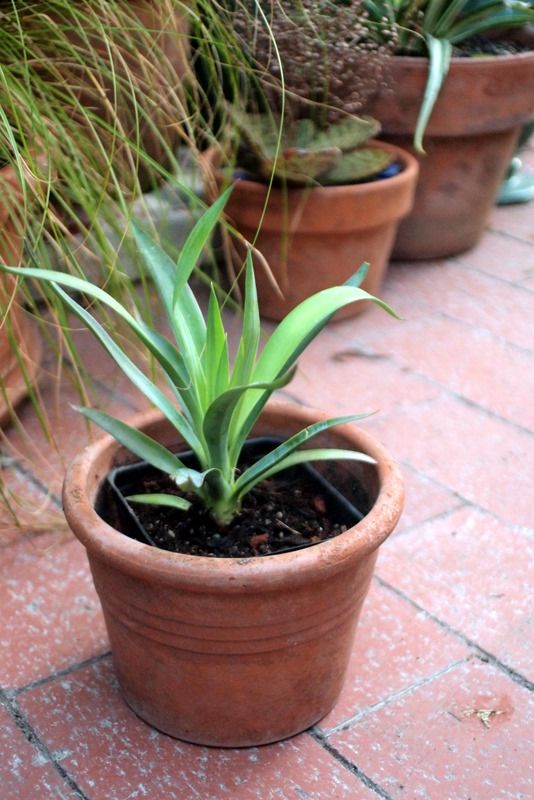
Digging Dog has also been the first U.S. nursery to offer Cirsium rivulare ‘Atropurpureum,’ a thistle that’s been fluttering hearts at successive Chelsea Garden Shows of the last few years. However, Digging Dog is currently sold out. And apparently this thistle can’t be grown from seed.
Image found here.
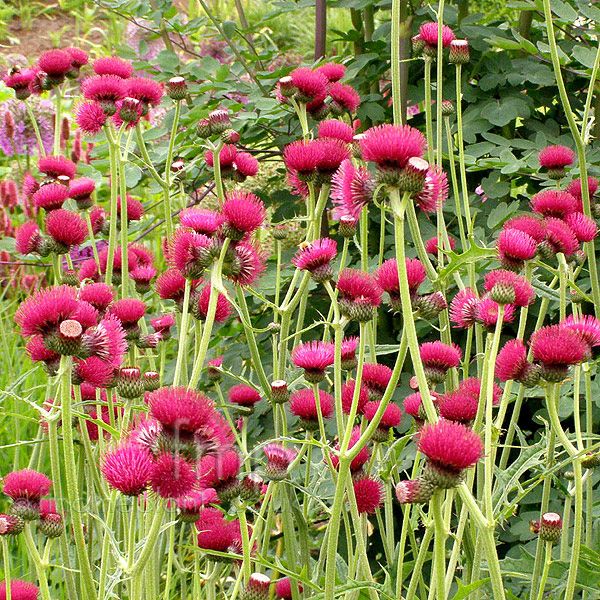
And so it goes. But a little yearning never hurt anyone.


